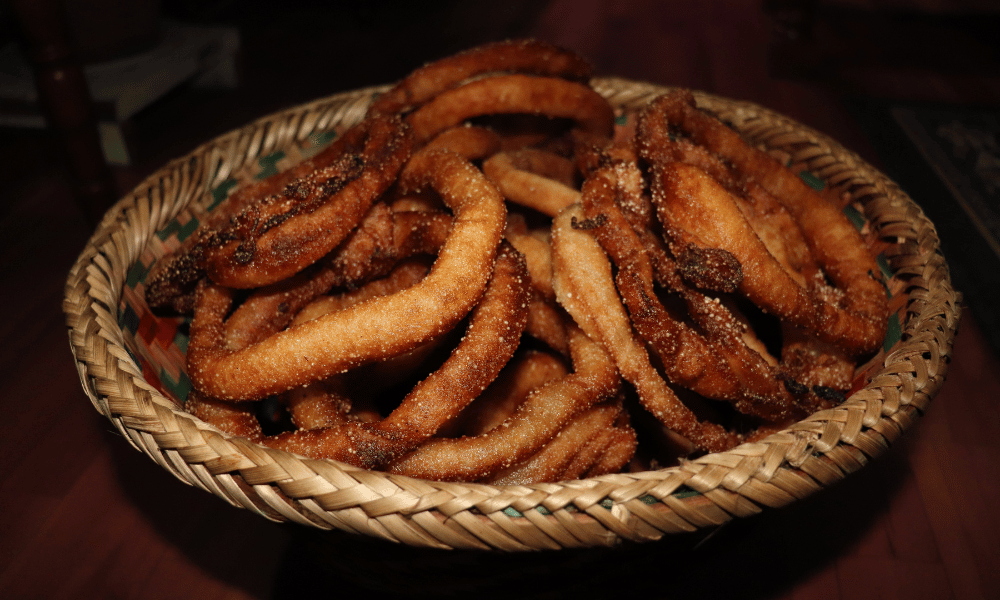BHUTAN : A CULINARY JOURNEY
One of the defining aspects of Bhutanese cuisine is the emphasis on local and seasonal ingredients. Due to the diverse range of ecosystems found within the country, from high-altitude alpine environments to subtropical forests, Bhutan is blessed with an abundance of natural resources. As such, a variety of cuisines can be found in the country based upon the climate, cultural diversity and geography.
Nestled between the towering peaks of the Himalayas and the fertile plains bordering India, Bhutan is a country that boasts a rich cultural and culinary heritage. The diversity of its people, landscapes, and climates has led to the creation of a vibrant and colorful cuisine that reflects the nation’s unique identity. Bhutan’s food, with its bold flavors and ancient techniques, stands as a testament to the complexity of its history and the resilience of its people.

The geographical location of Bhutan, bordered by India to the south and Tibet to the west, has had a significant influence on its culinary traditions. The food in Bhutan can be characterized as a fascinating fusion of flavors, combining the best elements of Indian, Tibetan, and Chinese cuisines.
Western Bhutan

In the western region the meals tend to be heavier due to the cold climate, with the most common ingredients being chili, meat and dairy products. Of course, rice is a staple in all the regions but in the west, red rice is hugely popular. There is also a huge influence from Tibet, and dishes such as dumplings, noodles, dried meat (yak, pork and beef) are widely eaten together with fried or steamed vegetables and butter milk. The popular sikam, shakam or yaksha pa is a must-try for visitors.
Eastern Bhutan

Eastern Bhutan to say the least is huge and widespread. The east has the biggest district of the kingdom and some of its borders skirt up to the edge of the Indian state of Arunachal Pradesh. As maize, potatoes and other vegetables are widely grown in the region, it reflects in its cuisine. But while the food in the east borrows a lot from the west, it has its own distinct flavors. Food can be simpler here and cured and smoked hams and beef often accompany wheat noodles together with a local brew of eggs and butter known as ara.
The ranges of ingredients found in any given dish in the eastern region vary widely but it will definitely not disappoint. From ferns, dumplings and the various pas to corn kernels called kharang you can get them all. Pork, poultry, fungi, bamboo shoots and other legumes are also widely eaten, cooked usually by stir frying or steaming.
Southern Bhutan

The southern region of Bhutan does take heavy influences from its closest geographical companions such as India and Nepal. The food in the south is simple, subtle and satisfying. Lentils rotis (bread) and rice form the base of most southern meals, with herbs, vegetables and meats – adding a mix of fresh and smoky flavors. Meat is often marinated, grilled and served in skewer form and served with pickles and rice or sel roti. Mutton and lamb is widely used throughout the region with a mix of vegetables and achars (pickles).
Central Bhutan

Central cuisine in Bhutan is traditionally characterized by the use of buckwheat and wheat. As rice couldn’t be grown in the region especially in Bumthang till the early 2000s the staple of the people there was buckwheat along with dried meats and dairy products.
Some signature dishes include buckwheat pancakes (kule/kepthang), buckwheat polenta (chogdan), buckwheat noodles (puta), wheat flat noodles (jambuli), fresh water algae (churu) made into soup, as well as dairy products such as butter and whey. The central region is always famous for its cottage cheese and western types like Cheddar and Gouda.

